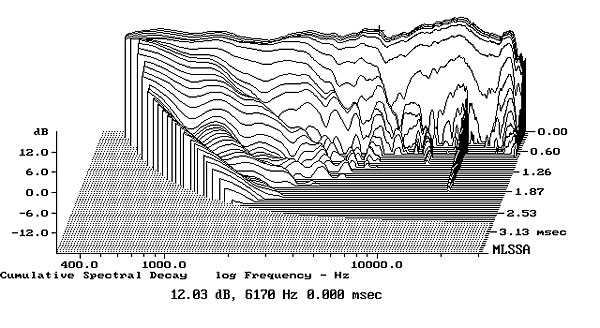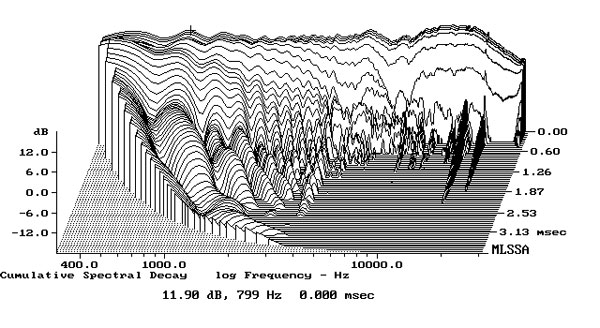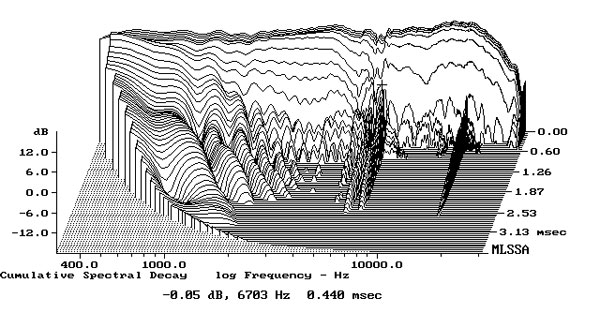- Joined
- Feb 23, 2016
- Messages
- 20,796
- Likes
- 37,707
Well, I knew better than to think a formula like this would allow one to pick the better speaker down to two decimal places. And if nothing else it seems to work well at showing you which designs can be dismissed. That said in some cases Amir's reaction seems off vs the relative scores. I'd say I haven't learned enough about interpreting the data carefully that comes from this testing. Which is what I'd hope this testing and the spin data could achieve which is for someone to judge likely speakers to audition or not in a narrow relative price and usage range.I actually disagree - Looking at the overall picture of the measurements I'm inclined to think the formula is working pretty well. I don't think they can or should be tied too closely to the impressions of one listener but overall the ones that measure poorly don't sound great and the ones that measure decently do. This is the expected result. AFAIK there hasn't been a speaker with terrible measurements that sounded great to Amir, and again, it's the impression of one listener.
Obviously though, I don't doubt Harman looks at far more things when designing their speakers than whatever has the best preference score. I mean, as far as I know, there's no reason to believe they actually calculate the preference score when designing new speakers - it's all about the blind tests.. But the principles are there.
Edit: Perhaps more important to me personally, the preference scores correlate quite closely with my interpretations of the data.
I play this little game now of guessing preference ratings based on the measurements, and I've gotten pretty good at it. And with one exception (the Harbeth), they're pretty in line with measurements I'd consider being great, good, decent, meh, or bad.
Last edited:



